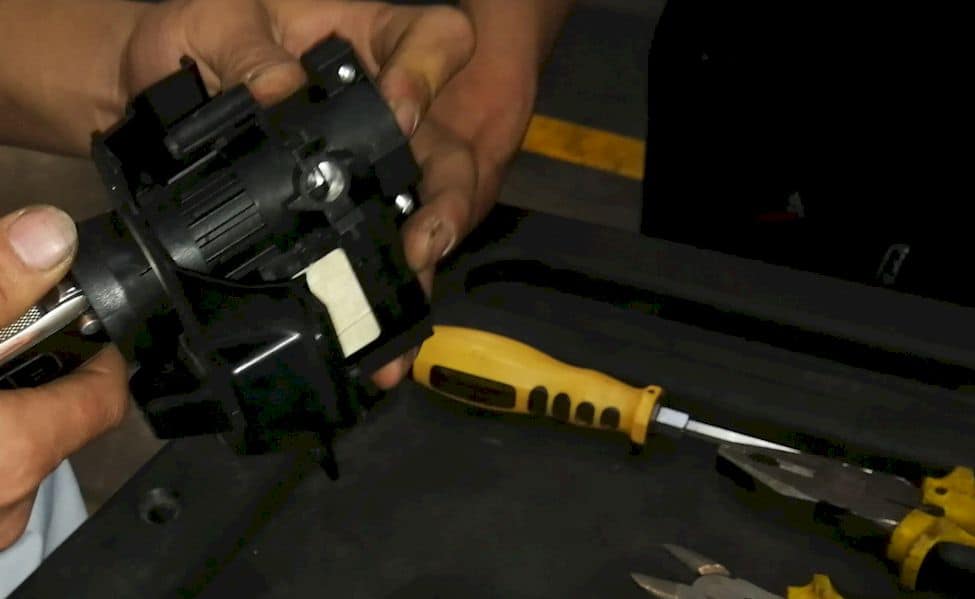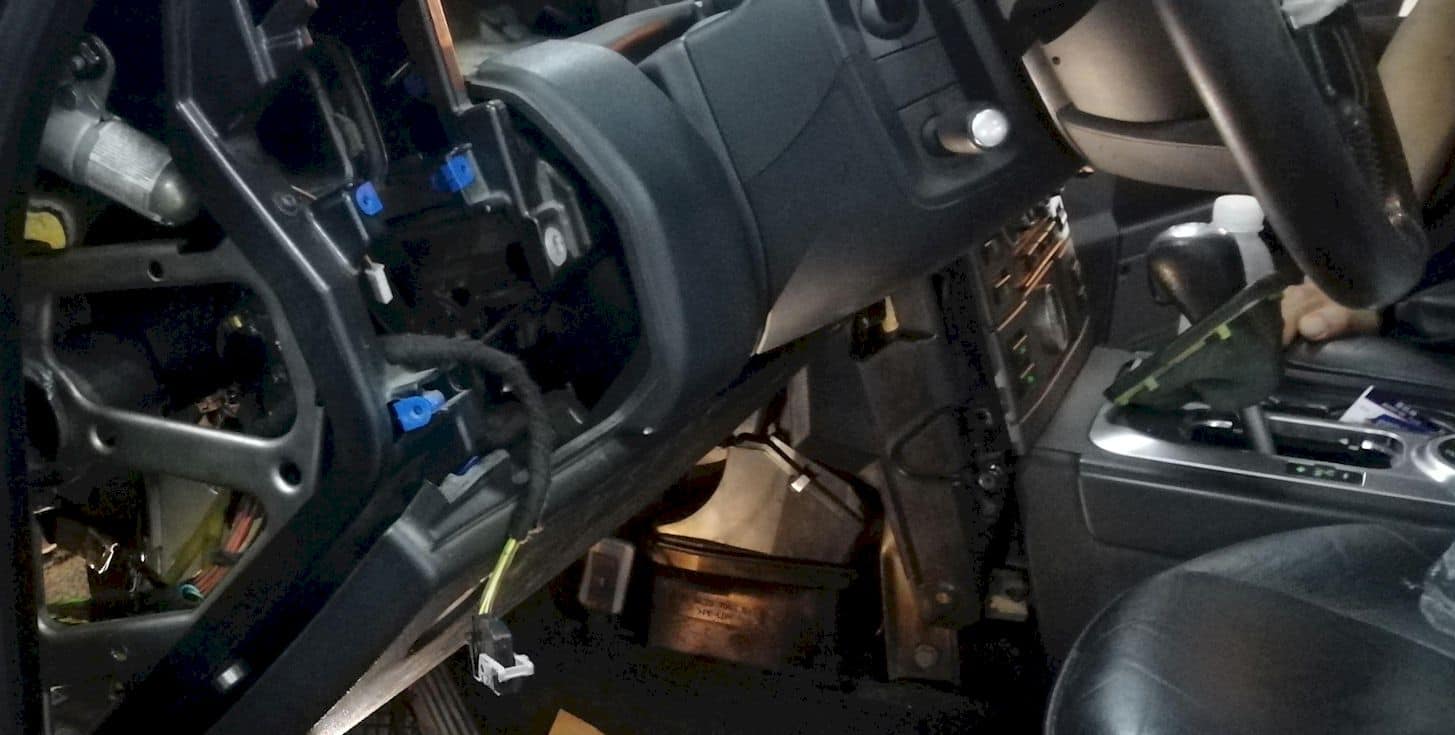Even though issues with your car can seem manageable at home, the situation could quickly deteriorate if bad ignition switch symptoms are not pinpointed in a timely manner. Some faulty ignition switch symptoms can even branch out into multiple problems. Yikes!
Regardless of whether you’re a car expert or a complete newbie, this article aims to provide you with some practical (no fluff) advice on how to troubleshoot a failing ignition switch and potential remedies.
Symptoms of Failing Ignition Switch:
Here are a few ways on how to tell if the ignition switch is bad on a car.
Failure in Starting Your Vehicle
This is a standard-issue that you will face. If your vehicle fails to crank up or revs up unusually slow, be assured that there lies a problem within the electrical circuit. This usually occurs if there's a corrosion build-up which prevents adequate electrical flow.
Stalling
Signs of a bad ignition switch also involve the car stalling. Even though it's not directly related to ignition issues, it can occur mostly during downhill travel by the car.
Jammed Key
Another obvious fault is when you have trouble turning your key in the ignition. Make sure that the ignition lock isn't active. You can check by steering the wheel back and fro. This ignition switch troubleshooting takes place if there's excessive wear inside.
Jammed Steering Wheel
Generally, when there seem to be unusual issues while locking the steering wheel, it could revert you to ignition troubleshoots. Scan the ignition cylinder during maintenance occasionally if such mechanical lock concerns arise.
Car Starts but Stalls
If right after starting your vehicle, it starts to stall, this might be a cause of an ignition switch failure. This happens as the ignition switch provides power for a bit to the fuel pump while it's in the cranking position. However, it collapses as the fuel's energy transferring will cut off midway during the switch 'on' state.
Powering The Accessories
After you insert the key and turn on the 'acc' option, it should power up the car accessories. These accessories include the center console, interior lights, etc. If, however, these accessories don't turn on, it could be a symbol of the ignition switch problems.
Quiet Starter Motor
Let's start with one of the most fundamental questions - Will a bad ignition switch drain a battery? Absolutely!
And you can comprehend that by multiple signs. One of them is when the ignition switch fails to build the essential electrical pathway, nothing will happen once you turn your key. The ignition fails to transfer power from the engine's battery to the motor.
A dead battery can also cause this. You can make yourself sure about the cause by checking the power or radio windows. If the signs preclude a dead battery's chance, be sure that the issue's origin is in the ignition.
Flickering Lights
Albeit being one of the unprecedented issues, if you notice your dashboard lights flickering while your car's in motion, it could be boiled down as one of the symptoms of a bad ignition relay.
How To Test The Ignition Switch With A Multimeter Or With A Test Light:
Both of these procedures are required to transfer voltage to the ignition coil and control module. But before that, you need to inspect the ignition switch. You also have to study the continuity and resistance along the chains. To do so, we recommend you use either a multimeter or a test light.
Test The Ignition Switch with A Test Light
- Turn off the ignition switch and disengage the module wire connection. Detach the solenoid's S terminal as well.
- Turn the ignition key to settle it in the run station. To test the voltage, probe the red wire connection and the battery terminal in the ignition coil.
- Set the switch to the 'start' station and probe the battery terminal in the ignition coil and the module's white wire connection to investigate the voltage.
- If you witness no voltage, the switch and the circuits have errors.
Test The Ignition Switch with A Multimeter
- Rotate the ignition key to the switch-off state. Back-probe the power feed wire of the module by utilizing the positive leads on the multimeter.
- As the key goes to the running state, you have to measure the voltage. If the battery voltage indicates anything below 90%, then there lies an issue within the ignition mechanics.
Cost To Replace Ignition Switch:

The ignition switch replacement cost can vary based on your car's model and make. The ignition switch costs are also affected by factors such as if you need an aftermarket or an OEM switch, combination units, and so on.
The new ignition cost might be as cheap as $20 if you purchase it from aftermarkets. However, we recommend you to visit the OEM, where your necessary parts might cost around $70-$100.
On the other hand, the answer to your question - ' How much is an ignition cost? ' - Can also be affected by the labor and parts' costs altogether. For dealerships, mechanical advice, professional help, and luxury cars, the range can start from $130 and rise to $480.
FAQ:
- How to start a car with a bad ignition switch?
Position the started solenoid and attach it to the positive terminal of the battery. Detach the ignition switch cable from the solenoid and utilize a screwdriver to short the positive terminal where the ignition switch is coupled. This should stimulate the solenoid and start your vehicle. - How do you test an ignition switch?
To test the ignition switch, first, turn off the ignition key. Using a multimeter and its positive leads, probe the power feed cable on the module. Measure the voltage after the key settles at the running state. - How much is an ignition switch?
If you want to fix your impaired ignition switch, it will cost around $125-$275 in total. The spare parts are approximately $75-$210, whereas the labor cost might be about $60. - How to fix a bad ignition switch?
- Locate the steering column beneath the vehicle and open its fuse panel.
- Remove the fuse.
- Replace the fuse if you notice that the metal strip on it is either damaged or broken.
- Set the voltmeter's dial to 'Volts' in the hood.
- Contact the red lead on the voltmeter to power the terminal on the battery. Touch the black lead to negative the terminal on the battery.
- Check the voltmeter's display. If the battery reads 12.4 volts, you're good to go. If not, then there must be issues in the ignition.
Last Words:
Ignition switches are integral parts of your vehicle. Maintaining and consistently checking up on them could be the key to keeping your car trouble-free. Just like any other car parts, these are meant to go under wear and tear. However, with these simple tips and tricks on how to address bad ignition switch symptoms, we hope you can deal with them much more effectively.
Last words of advice: Never hesitate to take professional help in trying times!
Simon graduated with a Mechanical and Electrical Engineering Degree. He has over 20 years of servicing experience in both Japanese and German car dealerships. He now acts as a freelance mechanic’s instructor for local schools.

Thankyou.my vw eurovan will not start. It will crank maybe 2 times than grind or spins. Than the radio and dash lights come on automatically and if it turns over its slow and short won’t start.